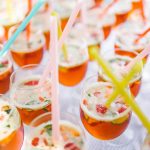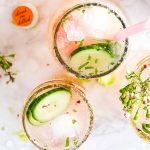Don’t consider yourselves expert wine connoisseurs? Wondering what will keep your guests happy and pair nicely with your reception menu? Know your cab sauv from your semillon with this go-to wedding wine guide.
Related article: Expert advice: Reception food and drink
 Champagne or Sparkling?
Champagne or Sparkling?
HOW TO STAY WITHIN THE BUDGET: The biggest single cost when it comes to wedding wine is normally the Champagne. There are two main choices to make here – Champagne or sparkling wine. If your beloved proposed with a certain brand of bubbles, or you shared a special bottle for your very first date, consider adding one of these sentimental favourites to the final line-up. But if a crate of vintage Veuve is going to blow the budget, you may wish to serve sparkling wine to start and then ask the waiters to bring out fresh glasses and the real thing for the official toasts.
CHAMPAGNE: True Champagne is sourced exclusively from the Champagne region of France. Premier Champagne houses include Krug and Dom Pérignon, while at a slightly lower price point Louis Roederer, Pol Roger, Veuve Clicquot and Billecart-Salmon all make top drops. Bottles labelled as ‘non-vintage’ or ‘NV’ are created by combining grapes from a number of years, while a ‘vintage’ Champagne only uses grapes from a single year. If you’re going high-end, some of the more recent ‘classic’ Champagne vintages are 1990, 1996 and 2000.
SPARKLING: Sparkling wine from any other region is just that. Local producers such as Tasmania and New Zealand are creating very highly regarded sparkling wines and will help you stay well within your budget. Most sparkling wine is created from a combination of pinot noir, chardonnay and pinot meunier grapes. For toast-worthy bubbles, look for the delicate medium-bodied blanc de blanc style – made exclusively from Chardonnay grapes – or brut, for a crisp, dry finish. Sec and demi sec refer to sweeter styles.
 White
White
CHARDONNAY: A rich, versatile style. Maturation in oak complements the fruit flavours of chardonnay. Regions to look for include Margaret River and New Zealand. Key Words: buttery, creamy, nutty.
UNWOODED CHARDONNAY: A clean, easy-drinking wine with tropical fruit punch flavours, this style is created by maturation in steel vats rather than oak barrels. Key Words: passionfruit, rockmelon, fresh.
SAUVIGNON BLANC: Known for its grassy and herbal flavour, this crisp and lively style is a good match for a wide variety of food. Look out for sauvignon blanc from the Adelaide Hills and Marlborough (New Zealand). Key Words: grassy, herbal, lively.
RIESLING: A light-to-medium floral style, often with citrus, nectar or lemon/lime flavours. Traditionally, premier riesling comes from Germany, but South Australia also makes a delicious drop. Key Words: perfumed, lime-fresh, lifted, minerally.
SEMILLON: Often blended with sauvignon blanc to add complexity, or made into a sweet ‘sticky’ style. Key Words: lemon, asparagus, honey.
 Red
Red
PINOT NOIR: A light to medium-bodied style with very complex and sensuous fruit flavours. Regions to look for are New Zealand, Tasmania and the Yarra Valley. Key Words: silky, earthy, wild strawberries, barnyard.
MERLOT: A slightly spicy grape with a dry finish, merlot is very similar (and blends well with) cabernet sauvignon, but is much softer, with a fleshy, supple mid-palate. Adelaide Hills and Coonawarra make delicious merlot. Key Words: dark cherry or plum, green olive, plush.
CABERNET SAUVIGNON: This finely structured style, with elegant flavours that can include cassis and blackberry, is a popular wedding choice. Blends well with merlot or shiraz, or in the classic Bordeaux blend of cabernet, cabernet franc, merlot and petit verdot. Some of Australia’s most distinguished cabernet hails from Margaret River and Coonawarra. Key Words: dusty, cherry, cassis, cedar, mint.
SHIRAZ: A bold and full-bodied variety that has become somewhat of an Australian speciality. Intense wines with deep, dark colours and relatively high alcohol content. Be careful with this variety as, despite its many charms, Shiraz can be extremely potent. Look out for shiraz from Barossa Valley, McLaren Vale and Heathcote. Key Words: fruity, peppery, ripe plum, chocolate.
 Bonus tips
Bonus tips
HOW TO BE A CROWD-PLEASER
While your choice of wine on the night (or day) should reflect your tastes, you’ll have a greater chance of keeping everyone happy with a few ‘crowd pleasers’ such as a soft, easy-drinking red or a clean but fruity white. As a general rule steer clear of cloying whites, overly-bold reds, heavily oaked chardonnays, anything too sweet or acidic, oh, and and anything excessively alcoholic. Of course, you can still throw in a few more unusual favourites for good measure.
BE SURE TO TASTE-TEST
Don’t forget to actually try the wines yourself. If you’re taste-testing the menu, why not open a bottle or two and share it around – strictly for research purposes of course!
Related article: 5 Queensland vineyard venues you’ll raise a glass to

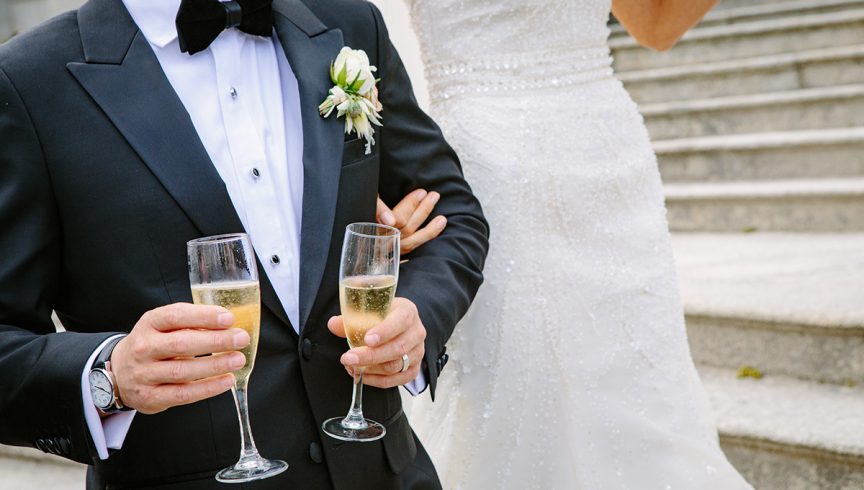

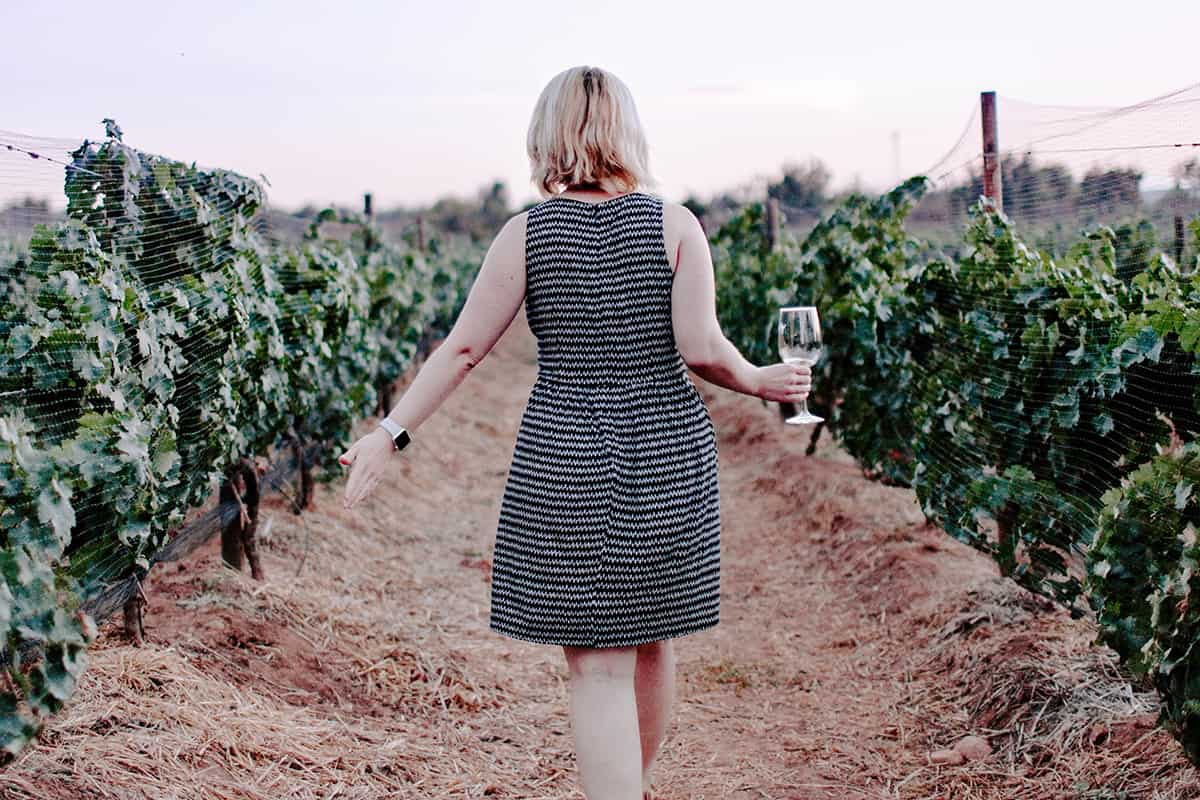
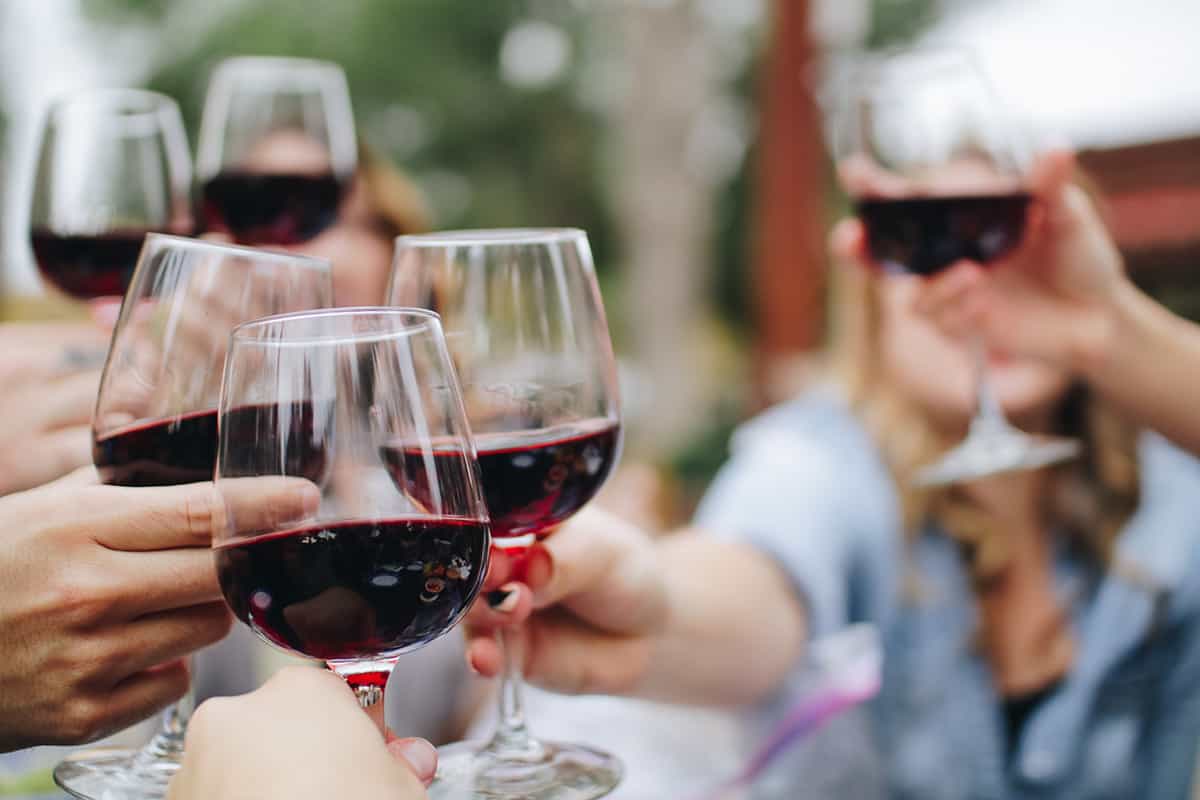 Red
Red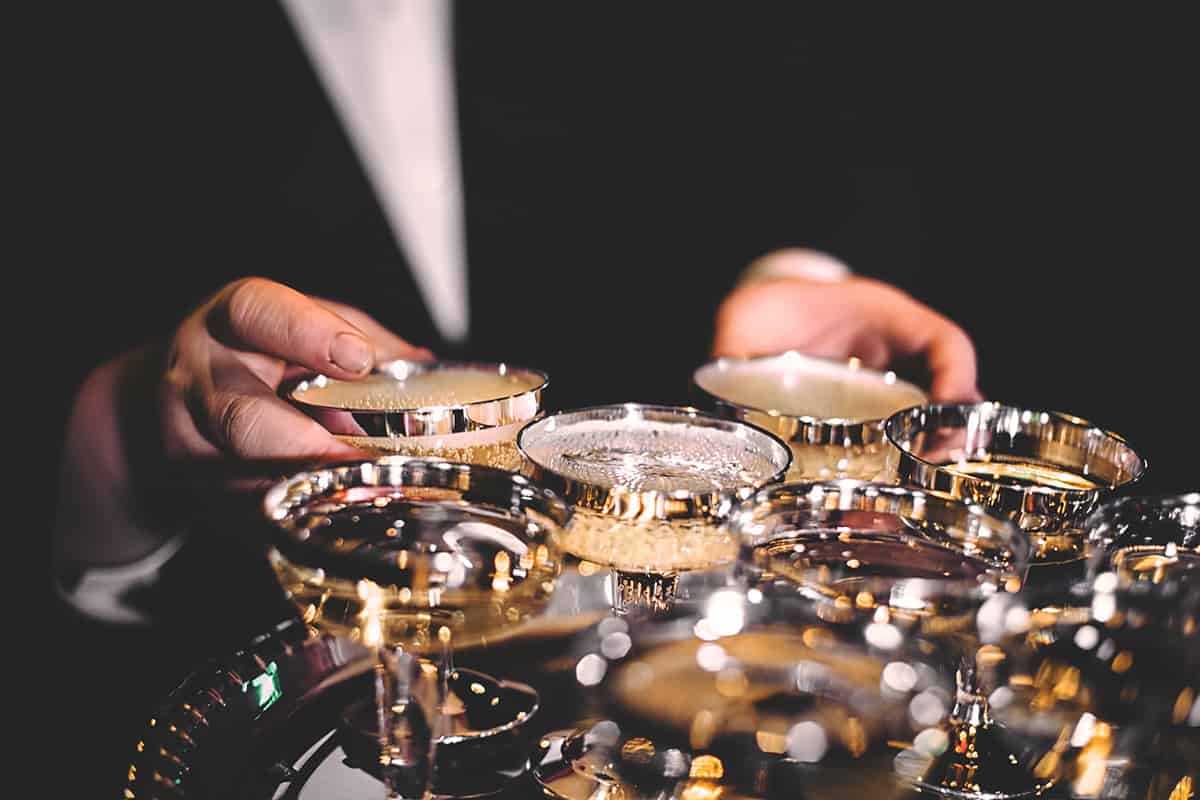 Bonus tips
Bonus tips
